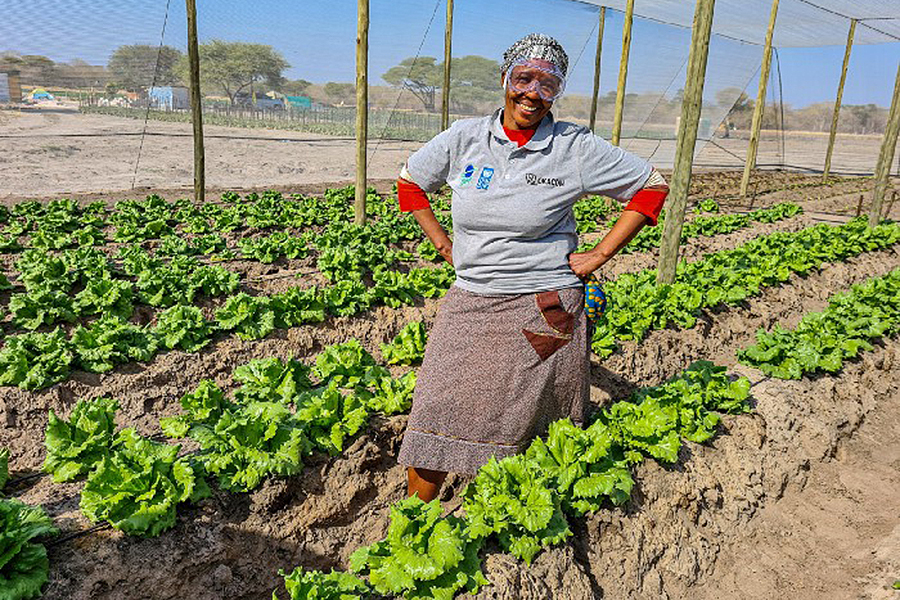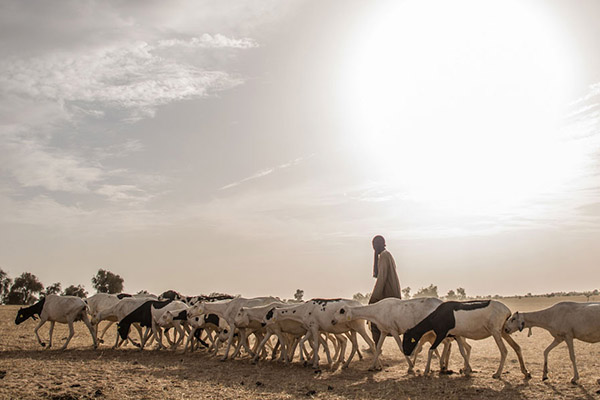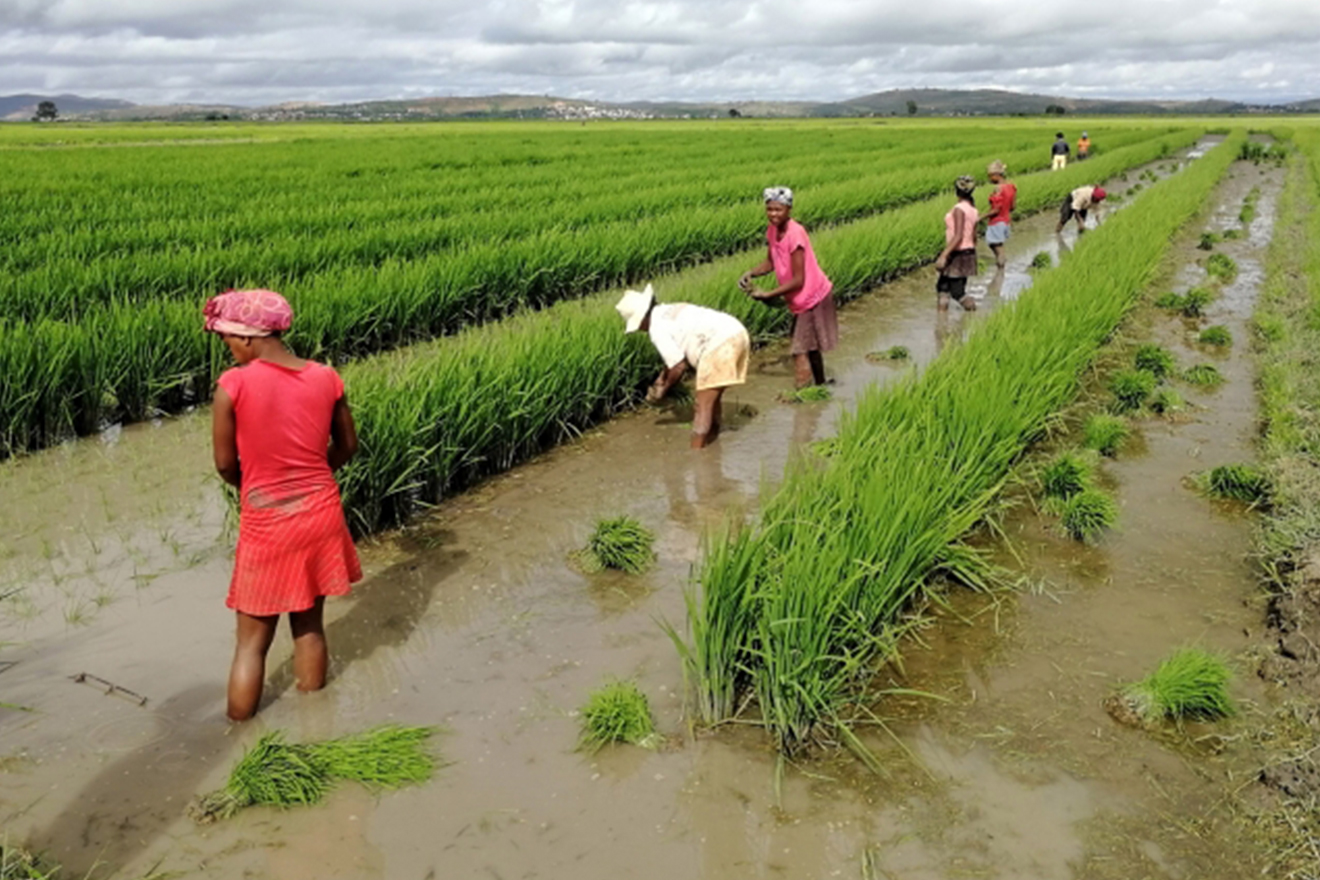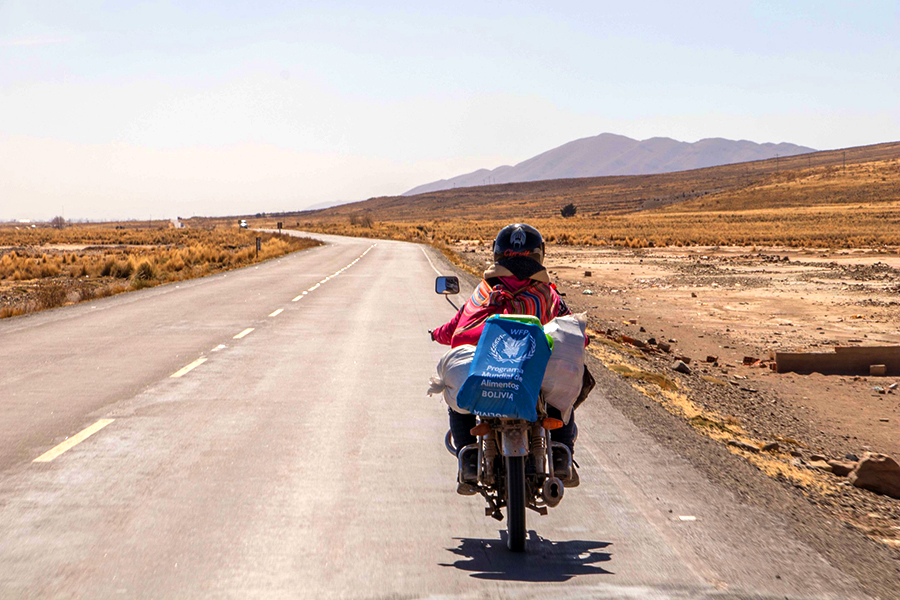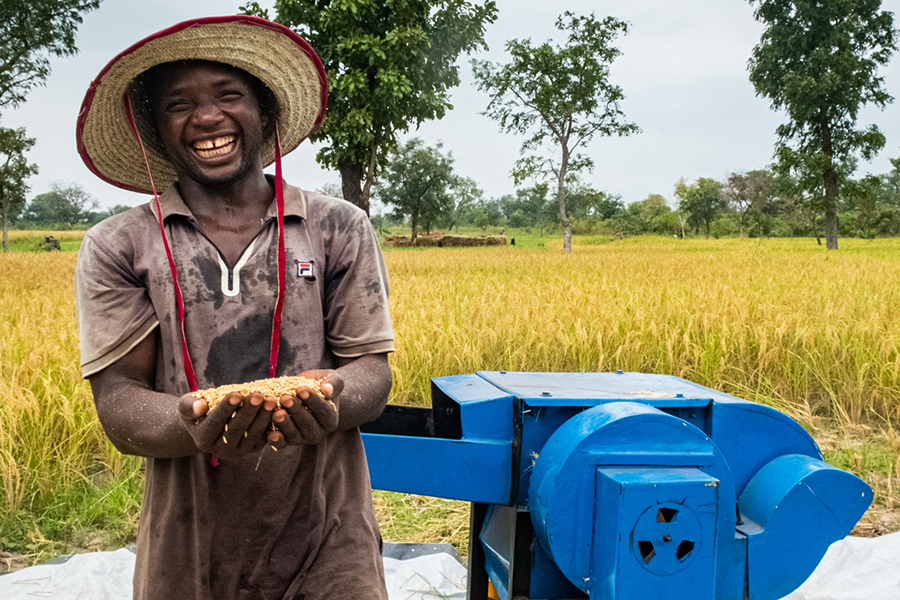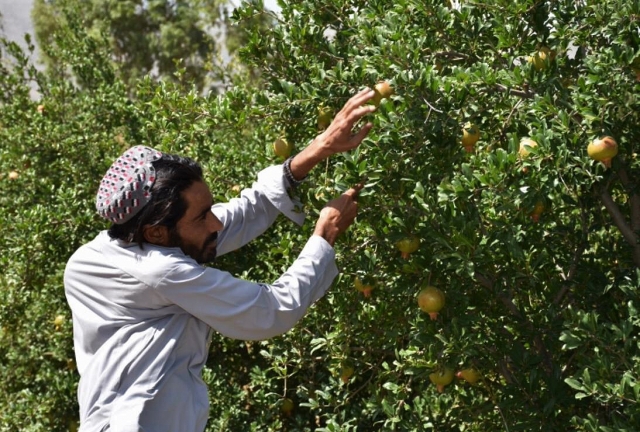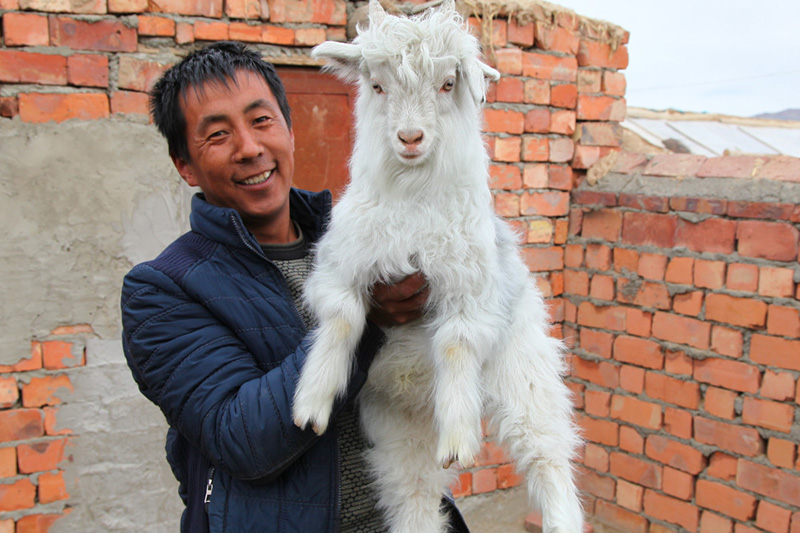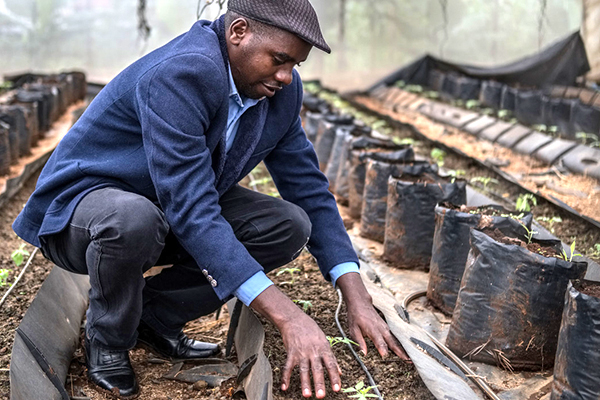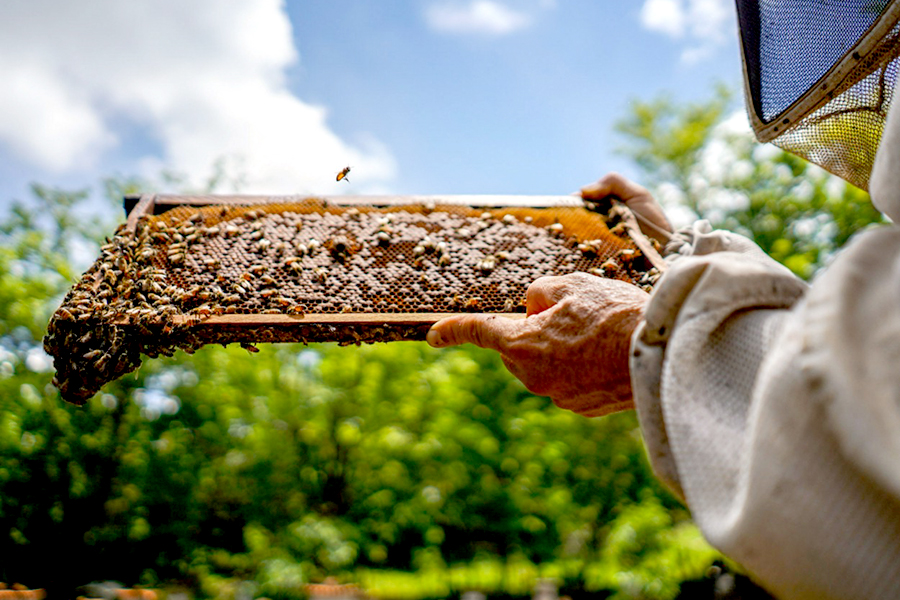Within the project «Improving the capacities of integrated surveillance and response to food safety emergencies in Senegal and Burkina Faso» funded by the Grand Duchy of Luxembourg and implemented by FAO since 2018,
Hunger is often associated with developing countries, but food insecurity is also present in higher income countries, including the richest country in the world, the United States.
Fresh, local food in Botswana: “We are ready to meet this demand.”
The world is full of food heroes – from farmers to drivers, shop assistants, food bank or government representatives – who despite various challenges, such as the current COVID-19 pandemic, work hard to make sure that food makes its way from farms to our table.
A family of livestock herders seasonally move their herds from one place to another, along with some 800,000 herders in Senegal and millions of others throughout the Sahel. It is a months-long journey that pastoralist populations often take with several families. In recent years long periods of drought, growing insecurity in some countries of the Sahel and restrictions on the movements of herds and herders have seriously disrupted traditional herd management methods. A World Bank- supported project aims to protect pastoral systems by improving resource management and animal health, facilitating access to markets, diversifying sources of income for pastoral households and managing conflicts.
This year we celebrate the first International Day of Awareness of Food Loss and Waste thanks to FAO and UN Environment. It comes during the global COVID-19 pandemic, that has brought about a global wake-up on the need to transform and rebalance the way our food is produced and consumed. In a world where the number of people affected by hunger has been on the rise, tons of edible food are lost and/or wasted every day. Food loss and waste also depletes the natural resource base and generates greenhouse gases. Stop food loss and waste. For the people. For the planet.
A higher-yield rice variety moves Madagascar further on the path to self-sufficiency
Fuel not Fire: from burning crop waste to bioenergy - Finding sustainable uses for crop waste in India and worldwide
Conquerors, climate change and coronavirus
Sumaka Japhet is a young rice seed cultivator and agricultural entrepreneur. In 2017, after finishing university, he heard about and joined the IFAD-supported project that gave him a start-up kit containing fertilizer, herbicides and pesticides, as well as quality, certified seed – and those few items forever changed the way he cultivated rice. He also received technical support and training on rice seed production. Each growing season, he sold the seed and invested his earnings into the next.
While the world has enough water, it’s often not in the right places, at the right time. Ethiopia has long been associated with droughts and famines, but climate change has made them more devastating for small scale rural farmers.
Umer, a farmer from northern Pakistan, has never let his disability hold him back from starting his own farming business and providing for his family. Born with a physical impairment, Umer has consistently challenged the negative attitudes and stereotypes linked to disability, and he has never let any physical or societal constraint become a barrier to achieving his goals. Taking every opportunity to learn, he worked hard as a farmer and an orchardist and now his income provides a good quality of life for his whole family. “I do not see my disability as an obstacle. But it took me some time to realise my strengths and to start pursuing my dreams” says Umer.
As many as 600,000 people in the Liupanshan area of China’s Ningxia Hui Autonomous Region, nearly 40 per cent of whom are farmers, live under the national poverty line. This is especially true for the Hui, a local ethnic minority, who make up about 60 per cent of the area’s total population. Farmers in Naihe village have been raising sheep and cattle for decades. Nevertheless, they’ve had to contend with a lack of proper livestock facilities, which made raising the animals challenging and limited the number they could sell – and this in turn left them with insufficient funds to upgrade the facilities, trapping them in a vicious cycle. Under an IFAD programme, livestock raising has just gotten easier – and more profitable.
For some small-scale farmers, the impact of COVID-19 has opened the door to new technologies. An IFAD-supported project helps young Kenyan farmers invest in hydroponics systems.


